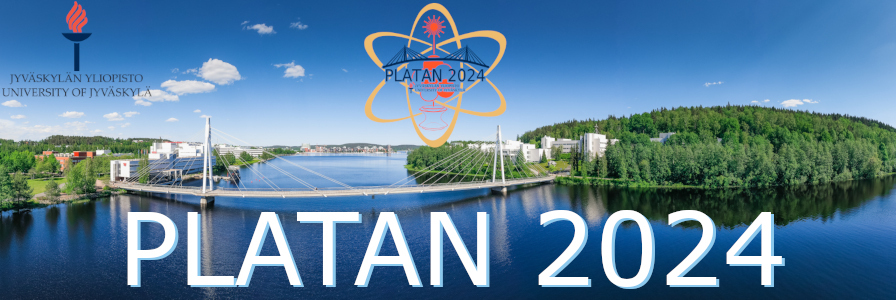Speaker
Description
The heavy $N=Z$ nuclei and the nuclei in their vicinity are highly interesting to study; they can provide important insights about nuclear structure, symmetries and interactions and have a high impact in modelling nuclear astrophysics processes ($rp$-process, $\nu p$-process). A few examples of the striking phenomena are the formation of high-spin isomeric states, the direct and/or $\beta$-delayed proton emission from ground or excited states and the strong resonances in Gamow-Teller transitions close to the proton dripline. The FRS Ion Catcher (FRS-IC) experiment at the in-flight fragment separator FRS at GSI enables highly accurate direct mass measurements ($\delta m/m \sim 10^{-8}$) with thermalized projectile and fission fragments by combining a cryogenic stopping cell and a multiple-reflection time-of-flight mass spectrometer. Supported by mass measurements at the FRS-IC within FAIR Phase-0, including the first direct mass measurement of $^{98}$Cd, the evolution of Gamow-Teller transition strengths (B(GT)) for even-even $N=50$ and $N=52$ isotones was studied [1]. Comparing experimental and theoretical B(GT) values sheds more light on the controversy around the mass of $^{100}$Sn [2,3,4]. Additionally, the excitation energy of the long-lived isomer in $^{94}$Rh was determined for the first time; comparing the value of which with shell model calculations allows to understand the level ordering and spin-parity assignments of the observed states [1]. The mass of $^{93}$Pd was measured directly for the first time, reducing the mass uncertainty by an order of magnitude. This helps to further unravel the riddle surrounding the exotic decay modes of the $(21^+)$ high-spin isomer of $^{94}$Ag, the investigations of which were summarized in Ref.[5,6].
[1] A. Mollaebrahimi et al., Phys.Lett.B 839,137833(2023).
[2] C.B. Hinke et al., Nature 486(2012)341.
[3] D. Lubos et al., Phys.Rev.Lett. 122(2019)222502.
[4] M. Mougeot et al., Nat.Phys. 17,1099-1103(2021).
[5] A. Kankainen et al., Eur.Phys.J.A 48,49(2012).
[6] E. Roeckl and I. Mukha, Int.J.Mass.Spectrom. 349-350,47(2013).

